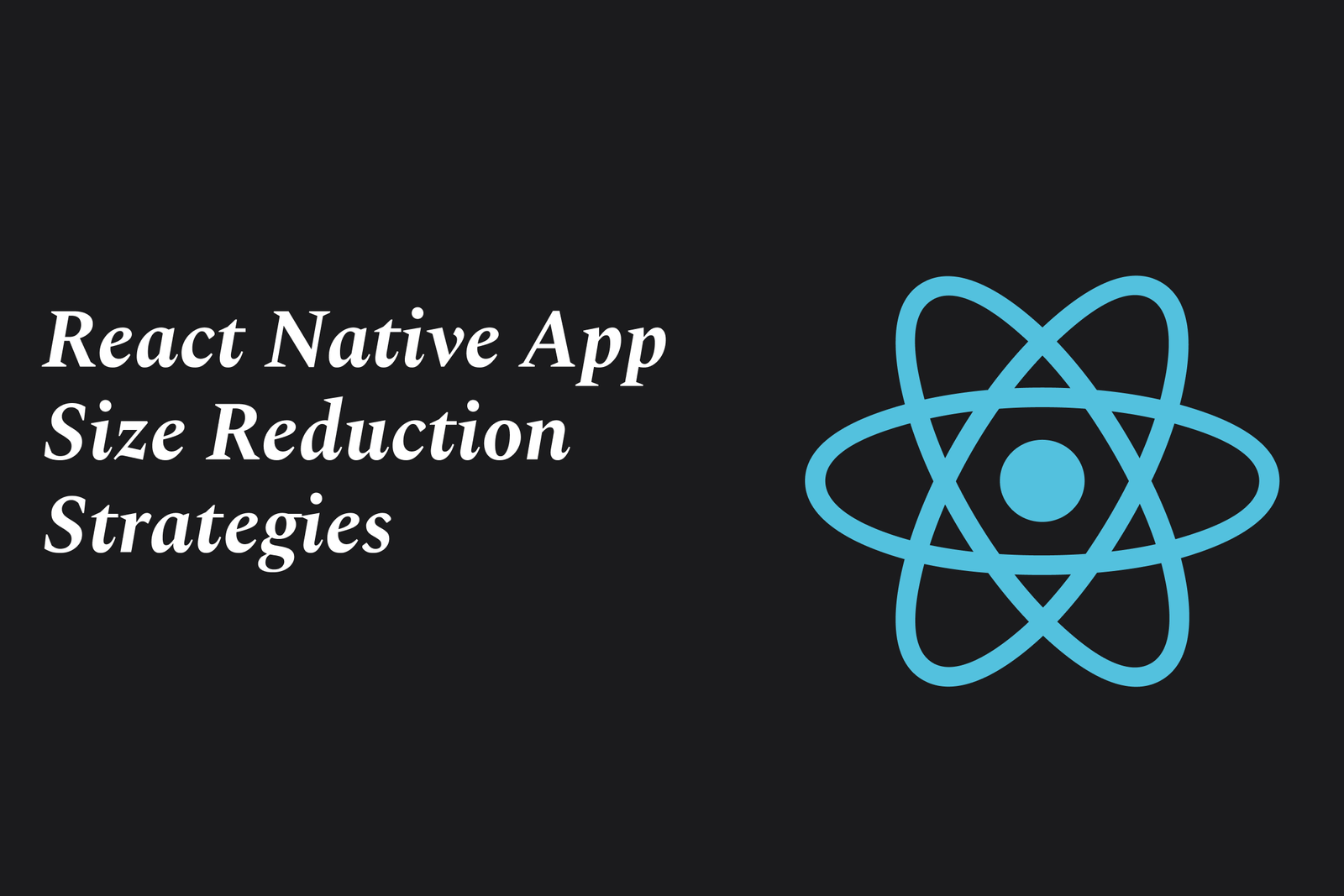React Native?S New CLI Tools: Efficiency At Its Best
React Native’s new CLI tools streamline app development by simplifying setup, automating tasks, and enhancing debugging. These improvements boost productivity, reduce manual work, and support modern architectures, making React Native development faster and more efficient than ever.
React Native’s New CLI Tools: Efficiency at Its Best
1 ) Introduction to React Native CLI Tools Enhancements
React Native continues to evolve with a focus on improving developer productivity.
The new suite of CLI tools introduced aims at streamlining workflows and boosting efficiency in app development.
These tools are designed to assist developers in setting up, building, and debugging React Native applications more effectively.
2 ) Key Features of the New React Native CLI
Simplified project setup and management commands reduce manual configuration effort.
Enhanced hot reloading and debugging capabilities integrated within CLI.
Support for new architecture options like Fabric and TurboModules is incorporated into CLI commands.
Utilities to automate native module linking and management improving cross platform compatibility.
3 ) Benefits of Using the New CLI Tools
Speeds up development cycles by automating common tasks and reducing boilerplate code.
Improves debugging experience enabling faster identification and resolution of issues.
Seamless integration with other React Native ecosystem tools such as Expo.
Facilitates adoption of new features and architectures, future proofing app development.
4 ) Impact on Developer Workflow
Developers spend less time on setup and more on actual feature development.
Consistent tooling experience across different platforms and projects.
Easier onboarding of new developers through standardized CLI workflows.
Increased confidence in build integrity and performance due to improved tooling checks.
5 ) Conclusion: Efficiency and Productivity Boost
The updated React Native CLI tools exemplify the framework’s commitment to developer experience.
By embracing these powerful command line utilities, teams can achieve faster development, more reliable code, and enhanced app quality.
These improvements cement React Native’s position as a leading choice for cross platform native app development.
https://justacademy.in/news-detail/new-android-widgets-trends
https://justacademy.in/news-detail/top-react-native-interview-questions-in-2025
https://justacademy.in/news-detail/react-native-performance:-new-optimization-tips
https://justacademy.in/news-detail/top-5-libraries-for-react-native-animation
https://justacademy.in/news-detail/flutter-devrel-team-news
Related Posts
React Native’s latest updates bring a new architecture, improved performance with Hermes engine, better debugging tools, enhanced styling, and seamless native integrations—making cross-platform app development faster, smoother, and more reliable than ever, enticing developers to switch back.
The React Native Expo SDK roadmap for 2025 focuses on enhancing cross-platform app development with improved native code integration, faster deployment, advanced testing, and seamless collaboration—empowering developers to build high-performance, production-ready apps efficiently.
React Native’s developer experience sees a major boost with its new architecture, enabling smoother UI rendering, synchronous layout updates, and support for React 18 features. These improvements enhance performance, simplify development, and future-proof mobile app creation.
React Native’s upcoming features focus on a new default architecture for improved performance, enhanced debugging tools, better TypeScript support, and expanded platform compatibility. Frameworks like Expo streamline development with automated builds and live updates, making cross-platform app creation faster and easier.
React Native enables cross-platform native apps using JavaScript and React, while WebAssembly offers near-native performance for running code in any environment. Together, they represent the next frontier for building fast, portable, and secure apps across mobile and web platforms.
React Native’s new code splitting techniques optimize app performance by loading JavaScript code only when needed. Using Hermes bytecode, lazy-loaded components, inline requires, and platform-specific modules reduces startup time and memory usage for smoother, faster apps.
React Native is gaining traction in emerging markets due to its ability to build efficient, cross-platform mobile apps with a single codebase, reducing costs and development time. Its strong community support and performance make it ideal for fast-growing, mobile-first regions.
React Native developer salaries are rising due to high demand for cross-platform mobile apps, limited skilled talent, and its efficiency in reducing development time. As businesses prioritize faster launches and cost-effective solutions, skilled React Native developers command higher pay.
React Native enables building native mobile apps using JavaScript and React, while Expo enhances this by offering a powerful framework with tools, libraries, and services that simplify development, testing, and deployment—making their partnership efficient and developer-friendly.
React Native app size reduction strategies involve optimizing code, assets, and dependencies to minimize the app’s binary and bundle size. Techniques include enabling Hermes, using Proguard, compressing images, removing unused assets, and leveraging Android App Bundles for efficient delivery.










